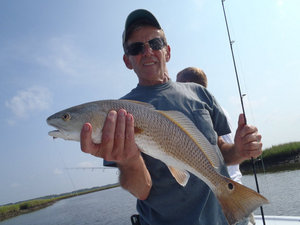So can’t get saved, as Saint Mark says they mustn’t.
(I stole the goblet from the children’s playhouse.)
Here are your waters and your watering place.
Drink and be whole again beyond confusion.
This is the last four lines of Robert Frost’s poem “Directive”. It’s important to point out that Frost uses eleven-syllable lines throughout the poem, so the extensions of each of the four ending lines shouldn’t come as a surprise. Ostensibly the correlations between meter and content are muddied, but perhaps this is Frost’s point. The first line has a syntactical ambiguity which creates an emphasis on the word “saved.” The first two feet of this line are iambic, but the flow is soon cut off by the spondaic interruption of “Mark.” This is then followed by two trochaic feet. The result of the first line’s meter is to create emphasis on
Saint Mark) I do not know why Frost chose to use deviate here, nonetheless he does.
The second line is encompassed by parentheses, as if what’s included between them is an afterthought. Here he hearkens back to the children’s playhouse which is used so much in throughout the rest of the poem. This comes as a result of his pyrrhic substitution. The line begins, “I stole the gob-” which is two feet of iambs. Finishing the word “goblet” creates an extra syllable “…’let from the children’s playhouse.” Which, essentially is iambic, but it could be argued that “from the” is pyrrhic. Also, in this line, we see Frost extending the line by completing the word “playhouse.”, which makes a hard terminal spondee. It is difficult to determine how form aids content in this line, which seems, again, to be an afterthought. I see now reason for the terminal deviation, or the medial iambic ambiguity.
The third line exhibits a technique frost uses throughout the poem, the essence of repeating a word or shadowing a word in a line, so it was the effect of balancing the line. Not only are the words “waters” and “watering” giving the line balance, the word “your” repeated before each adds to this balance. “Your waters” and “your watering place” have an essential balance that gives the end of this poem a reconciliatory feeling.
He follows this line up, with the initial stressed syllable of “drink.” Two dactylic substitutions for the ending line set up an expedited ending. The rhythm here is pushed so hard that two initial dactyls seem to be the wrong choice for what is comes before this line. For the most part, we’re dealing with iambic ambiguity, but then, on this last line, we’re faced with a much speedier rhythm than iambic flow could offer, resulting in a rushed reading of the last line. “Drink and be whole again” can be read as two dactyls, followed by “beyond confusion.” which can be read as an iamb, followed by an amphibrachic foot. I am left puzzled at Frost’s rhythmic choices here. For some reason, the poem draws me in; perhaps it is my lack of finding an answer to the question of “how does form aid content” that creates the subtle confusion at the end of this poem.






